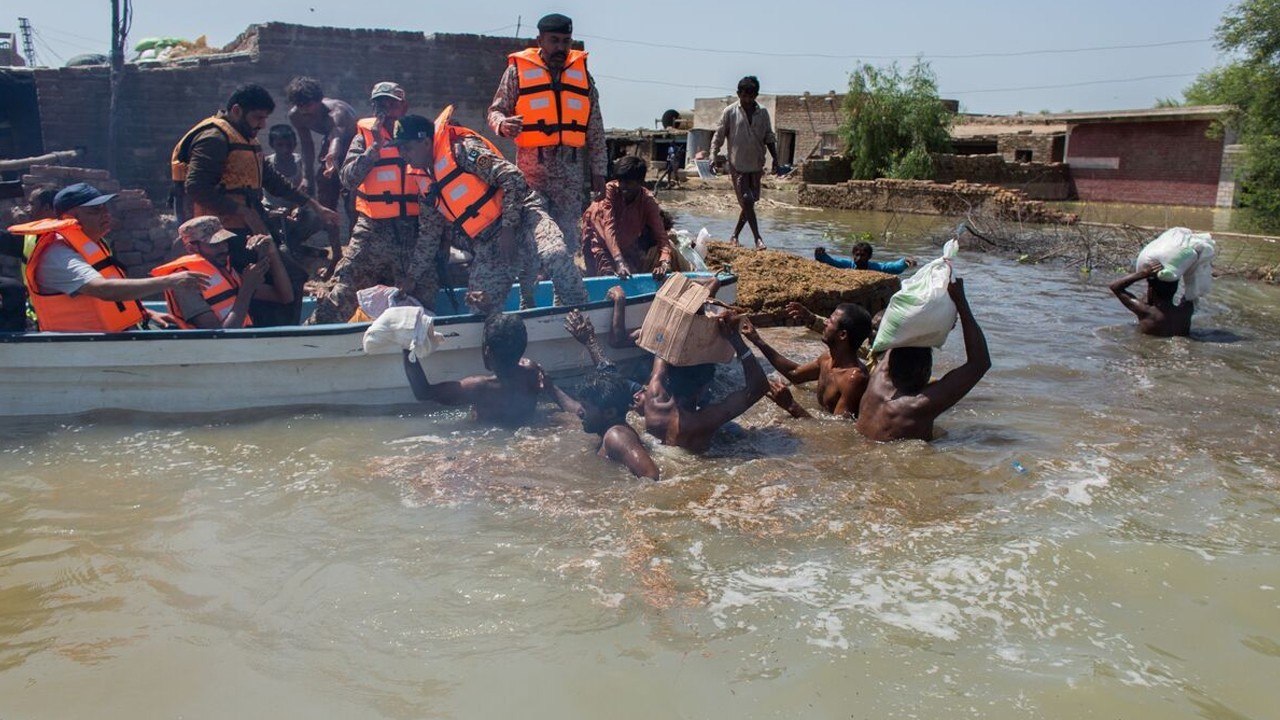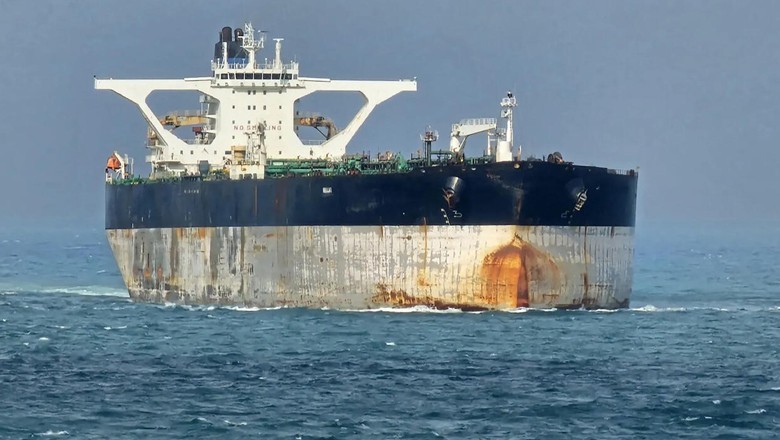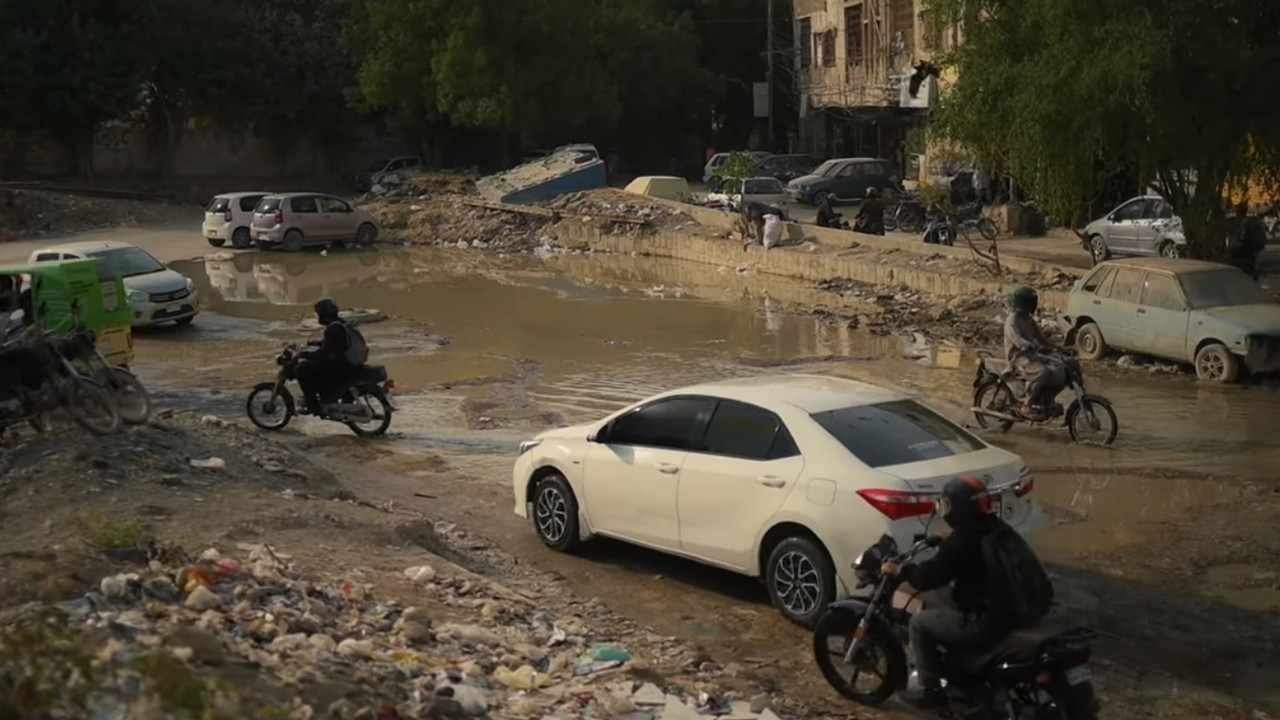Why floods claim so many lives in Pakistan: governance failures, urban sprawl and more to blame

Web Desk
|
17 Jul 2025
More than 170 people have lost their lives in rain-related incidents across Pakistan over the past three weeks, the National Disaster Management Authority (NDMA) said on Thursday.
In its latest report, the NDMA stated that at least 491 people have been injured during the ongoing monsoon spell.
Punjab remains the worst-affected province, with 103 deaths, including 50 children, and 385 injured people. In Khyber Pakhtunkhwa, 38 people have died and 57 have been injured. Sindh reported 20 deaths and injuries to 40 people, while Balochistan recorded 16 deaths and injuries to four people. One death was reported from Azad Jammu and Kashmir.
The past 24 hours alone have seen a sharp rise in casualties, with 54 deaths, including 22 children, all reported in Punjab. Additionally, 227 people were injured in the province during the same period.
The NDMA also reported damage to 88 houses in the last 24 hours, bringing the total number of damaged homes to 610. Meanwhile, 126 livestock have perished after being swept away by floodwaters during the current monsoon season.
With a population over 250 million, Pakistan is among the countries most vulnerable to the impacts of climate change.
The country has faced a series of environmental disasters in recent years, most notably the catastrophic floods of 2022. The floods claimed nearly 1,700 lives and displaced more than 30 million people, many of whom lost their homes, livestock, and livelihoods due to widespread crop damage.
According to official estimates, the 2022 floods caused $14.8 billion in damages to infrastructure and property and resulted in a $15.2 billion loss to the national GDP.
While the Pakistani government has repeatedly criticised the international community for its insufficient support in tackling the climate crisis, experts argue that domestic inaction and poor preparedness have significantly worsened the country’s vulnerability to climate-induced disasters such as flash floods, droughts, and extreme weather events.
'Flash floods and urban flooding'
The Pakistan Meteorological Department (PMD) has warned that a strong monsoon weather system is expected to impact most parts of Khyber Pakhtunkhwa in the coming days, while Punjab is also likely to receive heavy rainfall.
Al Jazeera quoted an NDMA official as saying that the authority is not expecting "large-scale riverine floods similar to those in 2022 at this stage".
“However, localised flash floods and urban flooding remain a major concern across the country,” the official said.
He added that the NDMA has issued early warnings and advisories to provincial authorities and the general public, and has pre-positioned critical relief supplies in vulnerable areas.
“We are continuously monitoring the situation through satellite-based systems, weather models, and real-time ground reporting,” the official said.
Extreme heat accelerating glacial melt
South Asian nations, including Pakistan, typically receive 70 to 80 percent of their annual rainfall during the monsoon season, which runs from late June to September. This year, the impact of the monsoon has been exacerbated by extreme heat in the northern Gilgit-Baltistan region, often referred to as the “third pole” due to its vast glacial reserves.
According to the PMD, parts of the mountainous region have recorded temperatures exceeding 48 degrees Celsius (118 degrees Fahrenheit), despite being located at altitudes of at least 1,200 metres (4,000 feet) above sea level.
Gilgit-Baltistan is home to thousands of glaciers and is a popular destination for climbers from around the world. A 2023 study by Pakistan’s Ministry of Climate Change, in collaboration with the Italian research institute EvK2CNR, estimated that the country contains more than 13,000 glaciers, one of the highest concentrations outside the polar regions.
This year’s extreme heat has accelerated glacial melt, increasing the risk of flooding and infrastructure damage. It also poses a severe threat to lives, land, and water security across the region.
The intense heatwave in June triggered rapid glacial melting, with temperatures in some areas breaking nearly three-decade-old records. Flood risk during the monsoon is high, an environmentalist said.
“Historical evidence from the ‘Little Ice Age’ shows that high precipitation combined with high temperatures significantly increases flood risk, while low temperatures are typically linked to reduced precipitation.”
The “Little Ice Age” refers to a period of regional cooling, particularly in the North Atlantic, that lasted from the early 14th to the mid-19th centuries.
Poor governance, urban sprawl worsening Pakistan’s climate crisis
While Pakistan faces genuine and escalating climate risks, some experts argue that the crisis has been exacerbated by decades of governance failures and misguided policy decisions.
In several recent incidents, civilian casualties in Punjab and Khyber Pakhtunkhwa were linked to illegal housing construction along riverbeds, where flash floods swept away poorly built homes.
A 2023 report by UN-Habitat, the United Nations agency focused on sustainable urban development, spotlighted Pakistan’s disorganised urban planning. It noted that rapid rural-to-urban migration, coupled with a severe housing shortage, has fueled the growth of sprawling slums.
“This unmet demand has resulted in over 50 percent of the urban population living in slums or informal settlements known as katchi abadis,” the report said.
Officials at the NDMA say the agency is now adopting a multi-layered preparedness strategy — one that prioritises not only emergency response, but also risk reduction, community awareness, and timely evacuation measures.
Pakistani climate experts say that while climate change poses a serious threat, its impacts have been worsened by institutional failures.












Comments
0 comment